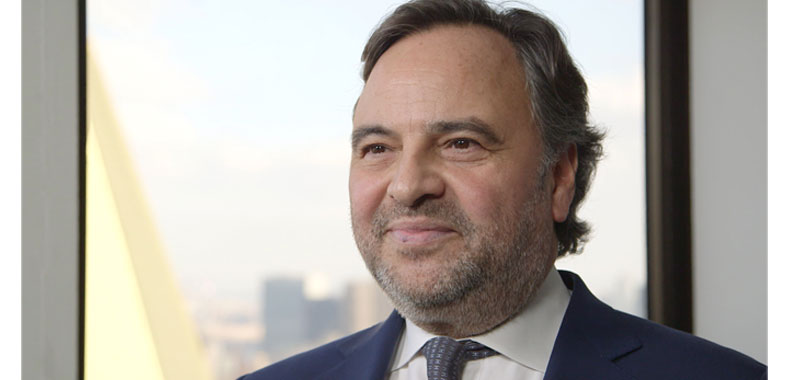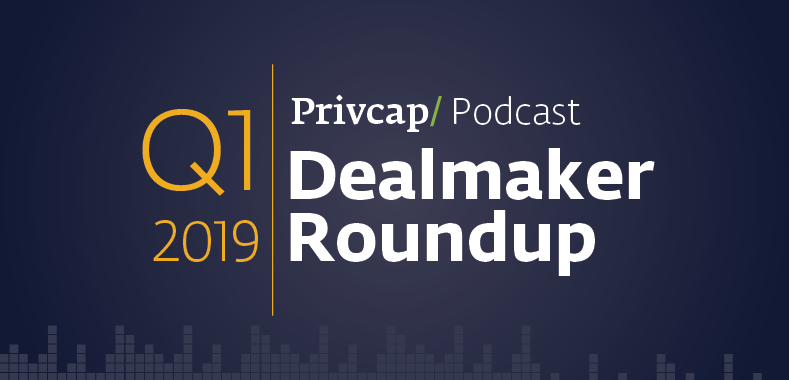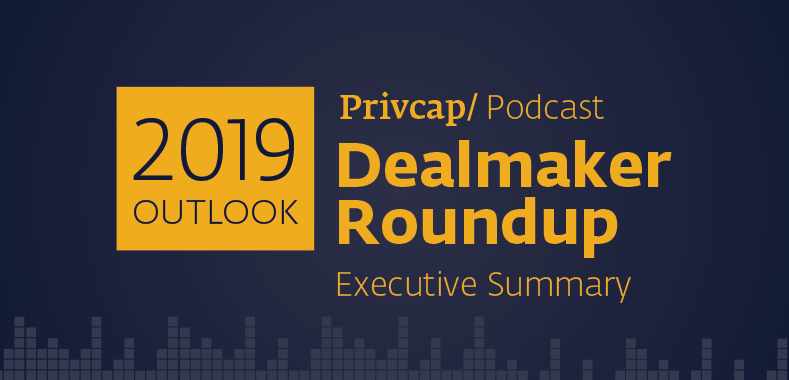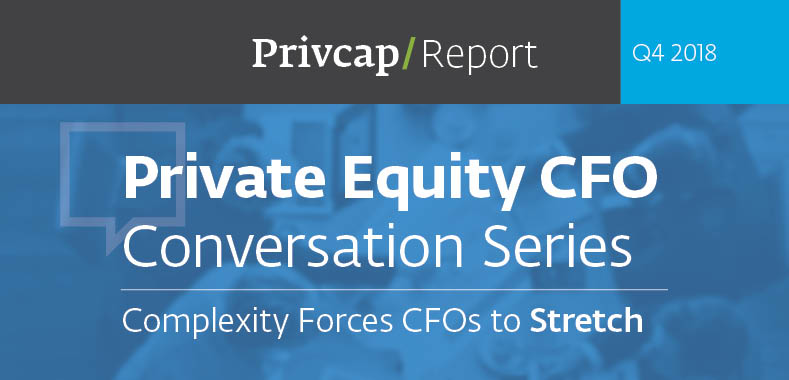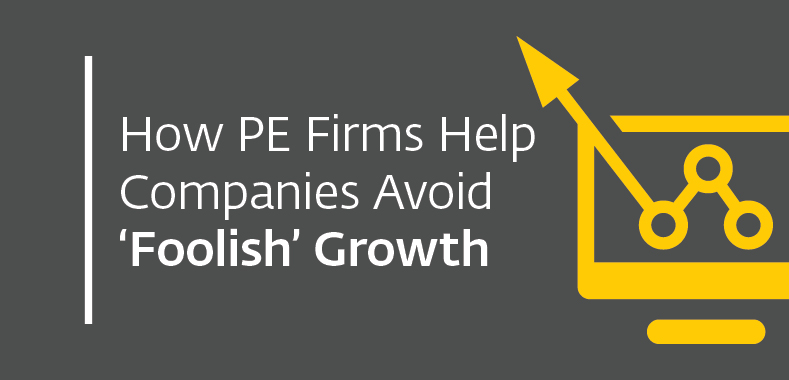Fundraising: What to Expect in 2019
Download the article here
Mounir Guen, CEO of strategic fundraising adviser MVision, discusses the dominance of the largest private equity firms and the phenomenon of undercounted capital formation in Asia.
Privcap: What will be a driving force in private equity fundraising in 2019?
Mounir Guen, MVision: Next year will be very similar to this year, where we’re going to see continued growth, with the largest firms getting larger and the largest investors doing more and larger deals directly.
Outside the U.S., where do you see growth?
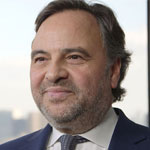
MVision
Guen: The actual change to that fundamental number will come from all of the other countries in the world being able to grow and to grow the depth of the asset class. And that’s going to take a while. Because, right now, if you go outside the United States and outside Western Europe, it’s extremely difficult to raise capital. That’s partly because the majority of investors are still U.S.-dollar denominated in terms of the way they run their portfolios and exposures.
Is there capital formation taking place that is not being captured in the official statistics?
Guen: The statistics we follow and the statistics you report on do not look into domestic markets. The Chinese domestic market is quite high in headcount and quite voluminous in capital. And those general partners are not accessible to U.S.-denominated investors at this particular point because they’re in local currency.
There are GPs in China that raise quite significant amounts of capital. A lot of the dollar-denominated ones also raise the local currency. Again, this is something the statistics don’t necessarily follow correctly. So, if you put their local currency fund next to their U.S.-dollar funds, you’ll find some surprisingly large pools of assets.
You also have family groups that are quite significant and, in certain economies, dominate the private equity landscape. And you have significant local investors that are either structured with the government, in most cases, to be able to promote domestic development.
Back to the U.S. Should investors be worried that private equity firms continue to raise more capital but are competing for a finite set of investable assets?
Guen: They only hold the assets for a period of time before passing it on to another. So, in the mid-market, you could have a company have three owners in 12 years. Then, somebody buys it and pops it into the next level by merging it with an Asian and European company, and then it becomes global. Then, it circulates at that level. At some point, it might IPO, and then go independent and they might decide to go back public to private again and then go back through the whole sphere. It all depends what the company can do and what the particular firms can be able to generate.
Are there any particular sub-sectors within private equity that are drawing particularly strong investor interest?
Guen: The tech buy-out in the United States is a revolutionary situation. I’ve really never seen anything like this in my career. When you look at those firms that are involved with that specialty and you look at the rate of growth of their assets and their multiproducts, so to speak, because they’re trying to do the smaller deals as well as the larger deals, that’s something that’s changing in this world. What puzzles me is that there aren’t more of them and there aren’t more internationally of these types of firms.
A Q&A with MVision’s CEO on under-reported statistics in China and the rise of tech buyout funds.



